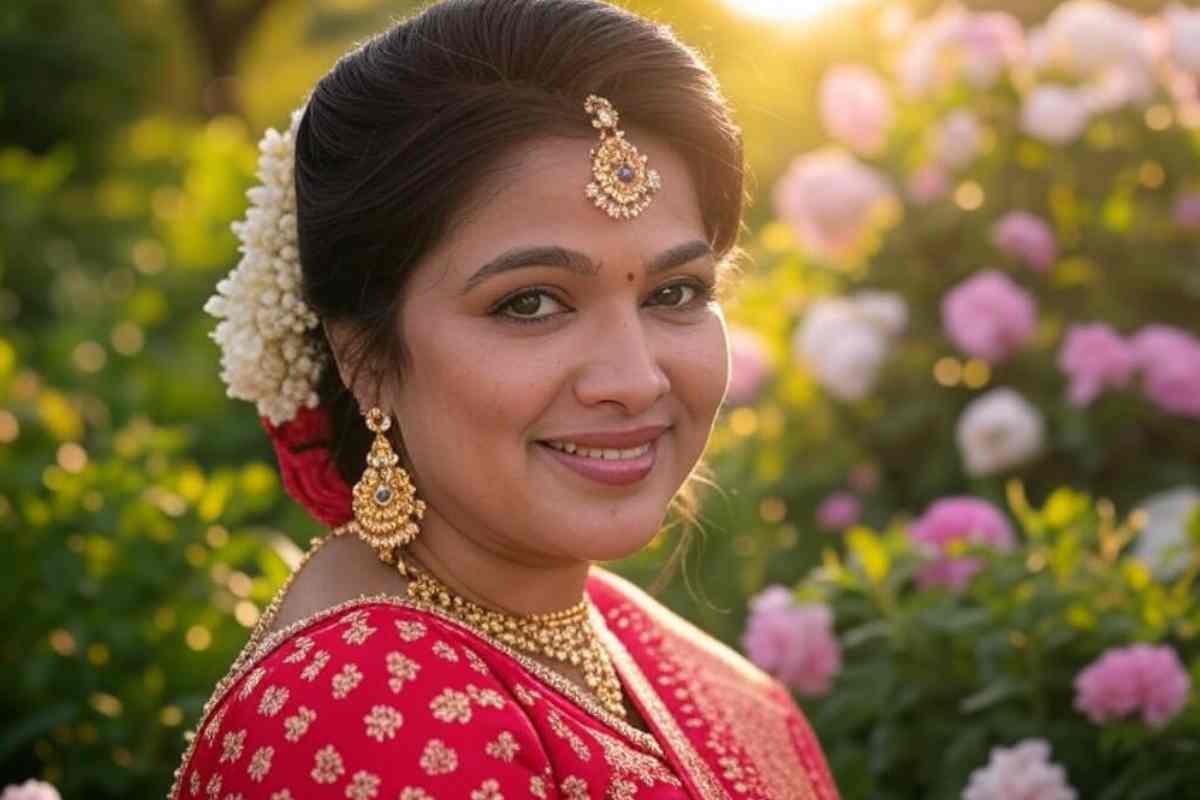Table of Contents
The Mystery Behind Shalu Wedding Sarees
Wedding Shalu Saree, Banaras – The City of Silk
Wedding Shalu Saree, Located on the set of the Ganga River, the holy city of Banaras is home to some of the oldest temples and the most delicate silk saris in the world. Around the 5th and 6th centuries, Banaras emerged as a textile center under the rule of Prince Siddhartha. But around the 17th century, the migration of silk weavers from Gujarat saw many innovations in textile weaving in Banaras. And it soon became the silk textile of the region. During the Mughal period, it reached its height with the introduction of opulent sari and brocade,
something with which it remains identified even today.
The city has seen centuries of handmade textile tradition and is witnessing the adoption of new trends based on modern sensibilities. Some of the sarees made here are Katan silk sarees, Kora silks, Dupioni silk, Stanchion sarees, Tissue sarees, etc. The most prominent is the resplendent Banaras Shalu silk sarees. Rich, opulent and highly brocaded pure silk saree, this Shalu saree is popular as Banaras bridal silk saree.
The fascinating history of the popularity of Banaras Shalu Wedding Sarees in Maharashtra
Interestingly enough, Shalu, a regional variant of the Banaras saree, is a popular Shalu silk saree for weddings in Maharashtra. Here it is known to be a famous version of the rich silk Paithani credited with being made famous around the 17th century in Maharashtra. And that is when one comes across a fascinating story of a Peshwa from Pune who. Chhatrapati Shahu brought this version of the Banaras Shalu silk sarees to Maharashtra and entrusted the responsibility of its weaving to the acclaimed Paithani silk sarees weavers at Yahola. This justifies the origin of Maharashtra sarees to shalu on handlooms.
Distinction Between Naithani Sarees, Shalu Silk Wedding Sarees And Banaras Shalu Silk Sarees
Their texture is the most apparent difference between a traditional Naithani Saree and a Shalu. While Naithani’s silk fabric is very thick, Shalu silk sarees remain woven into fine silk fabric. Furthermore, while Naithani sarees essentially show a typical oblique work edge and sari pall adorned with simple boots on the body of the sari. A Shalu Remains decorated with delicate motifs on edge and a more intricate and refined design on the pall. The body of the saree remains also adorned with delicate sari motifs.
In Shalu sarees, there is also acceptable variation in Maharashtra shall handloom sarees and Banaras Shalu silk sarees. While both sarees are heavily brocaded and woven in fine silk fabric, the motifs exhibit a nuance of their respective cultures. For all their nuanced differences. What they have in common between two is outstanding art and craftsmanship that speaks volumes about the rich experience that weavers from both regions have.
Conclusion
This is another kind of Banaras saree which is very popular for weddings. And artisans from Banaras weave patterns on these sarees with colorful weft silk yarns. The pall of this sari is often decorated with large motifs of paisleys while the border might have crisscross patterns.

